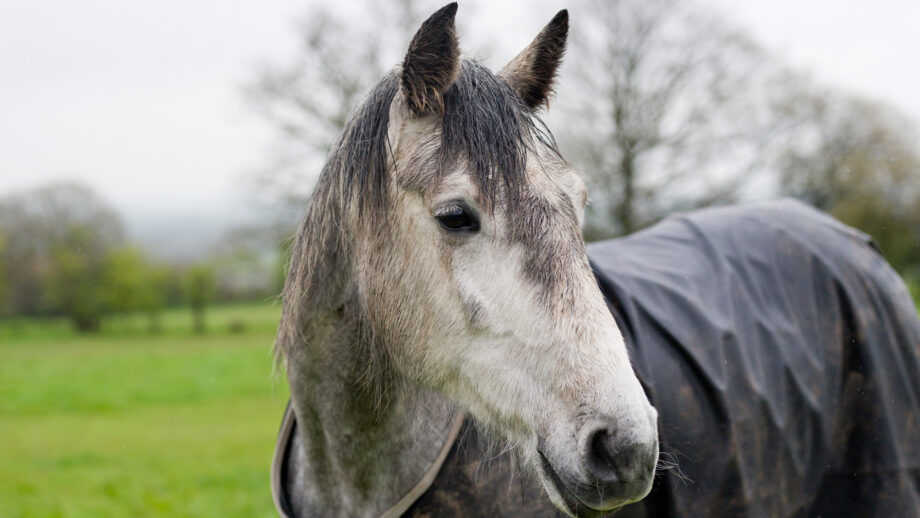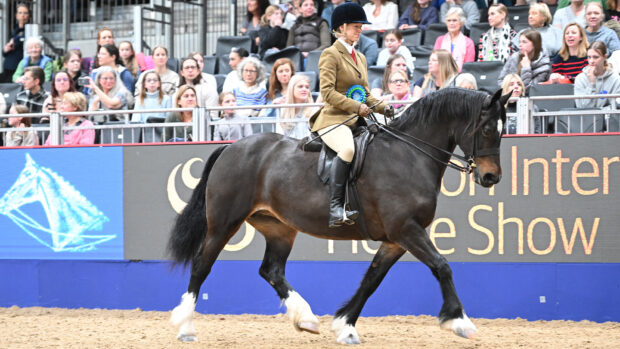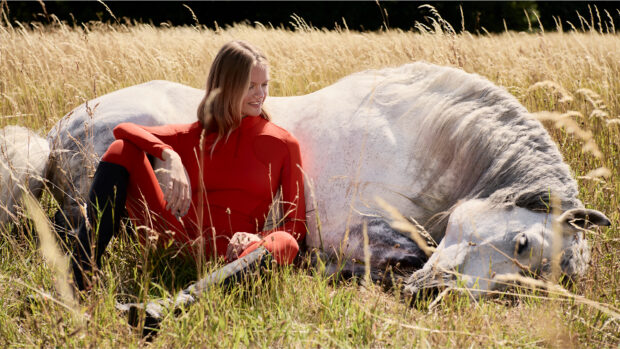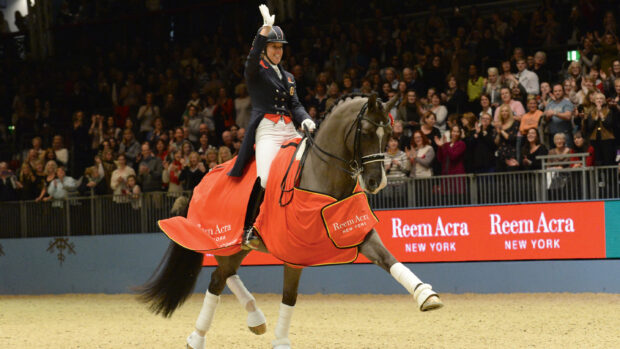Caring for your horses is about balance during the winter months. It’s about balancing time saving with providing the best care possible, balancing essential turnout with enforced stabling and, this year more than ever, balancing the books and reducing horse-related bills.
The winter transition with horses is tough and it can be a challenging time for owners, says Emmeline Hannelly, British Horse Society horse care and welfare education manager, who has some winter horse care tips to help.
“With careful planning and a flexible approach, however, it’s entirely possible to keep horses healthy, content, and safe through the colder months. We encourage owners to think ahead, balance routine with welfare, and adapt to conditions as they change.”
Winter horse care tips
1. Don’t skip the essential daily checks, no matter how much time you’re trying to save. Always give your horse once over and pick out his feet. Invest in a good head torch (like this one on Amazon) or solar-powered light (like this one) to help you do this if your horse lives out or you don’t have sufficient lighting in your stables.
2. Prioritise daily turnout for horses that are stabled. “Whenever possible, horses should have daily outdoor time,” says Emmeline, “as regular movement supports circulation, digestion, and mental wellbeing. If fields are wet or icy, turnout may need to be limited, with hand-walking or arena exercise as alternatives. Even short periods outside offer important stimulation and help reduce stiffness.”
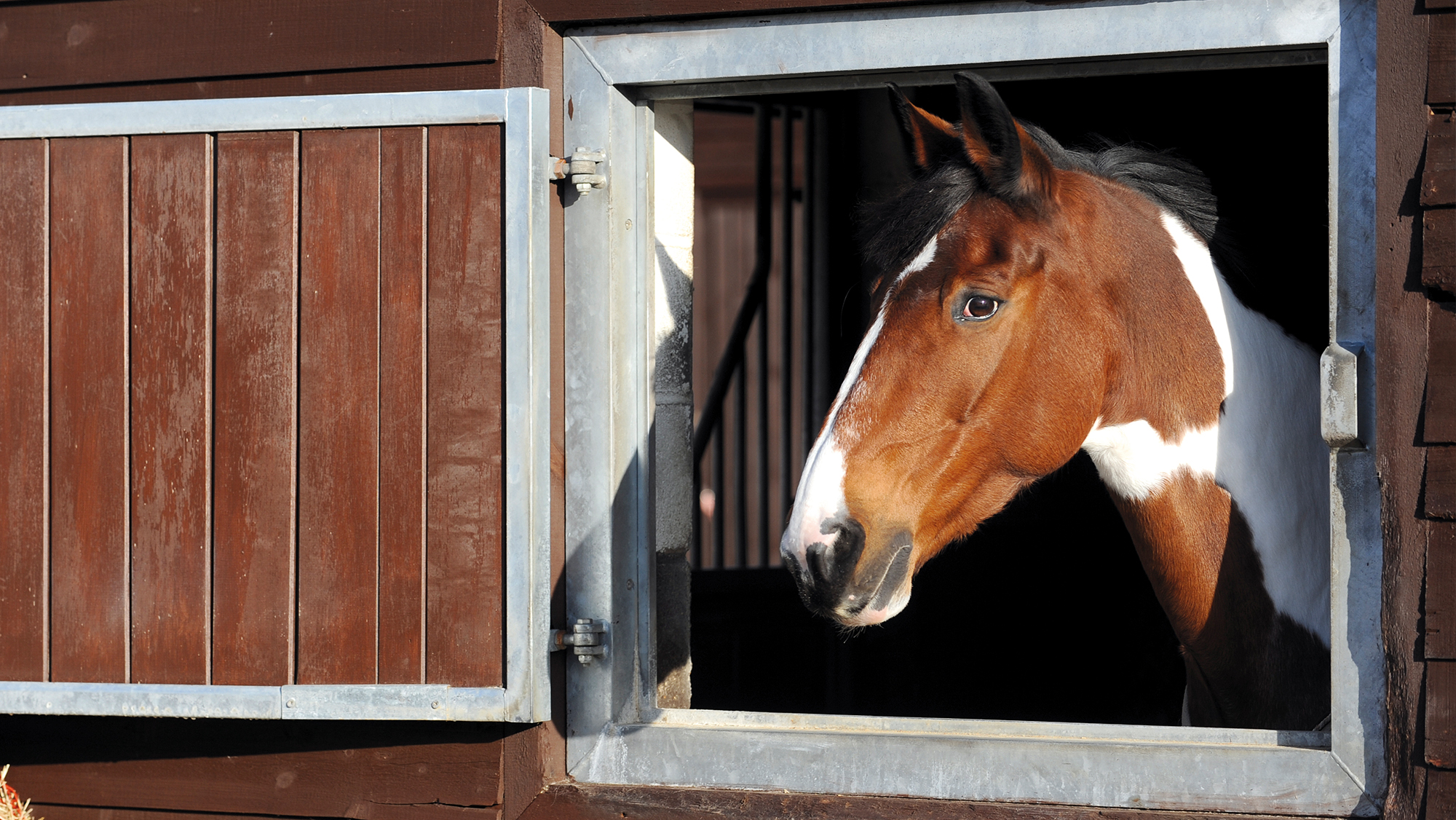
Good ventilation can help reduce the risk of respiratory issues
3. If stabled, ensure your horse has access to forage and good ventilation, says Emmeline. “You should also implement gradual transitions between routines to help them adjust.”
4. Find ways to make your forage last longer – this is good for your horse’s digestion, keeps him entertained, but also helps you save money on hay.
“Feeding from hay feeders on hardstanding helps prevent deeper mud and wasted forage,” says Emmeline. If your horse is overweight, you can also vary how easily your horse can access forage, using slow feeders or small-holed haynets to slow their consumption rate.
5. Monitor for signs of winter illnesses or winter skin conditions – sometimes they’re unavoidable, but catching them early can make them a lot more manageable. For example, using barrier cream to protect skin against wet and mud may help prevent a problem from taking hold in the first place.
Should there be a problem that needs the vet, will your equine insurance cover it? Take this chance to review your policy to make sure you’re covered for everything that you expect.
6. Choose the most appropriate type of clip for your horse. It may not be the same as last year, the same as his field-mate or the one that you really like the look of, but getting this right will make your winter easier and your horse more comfortable.
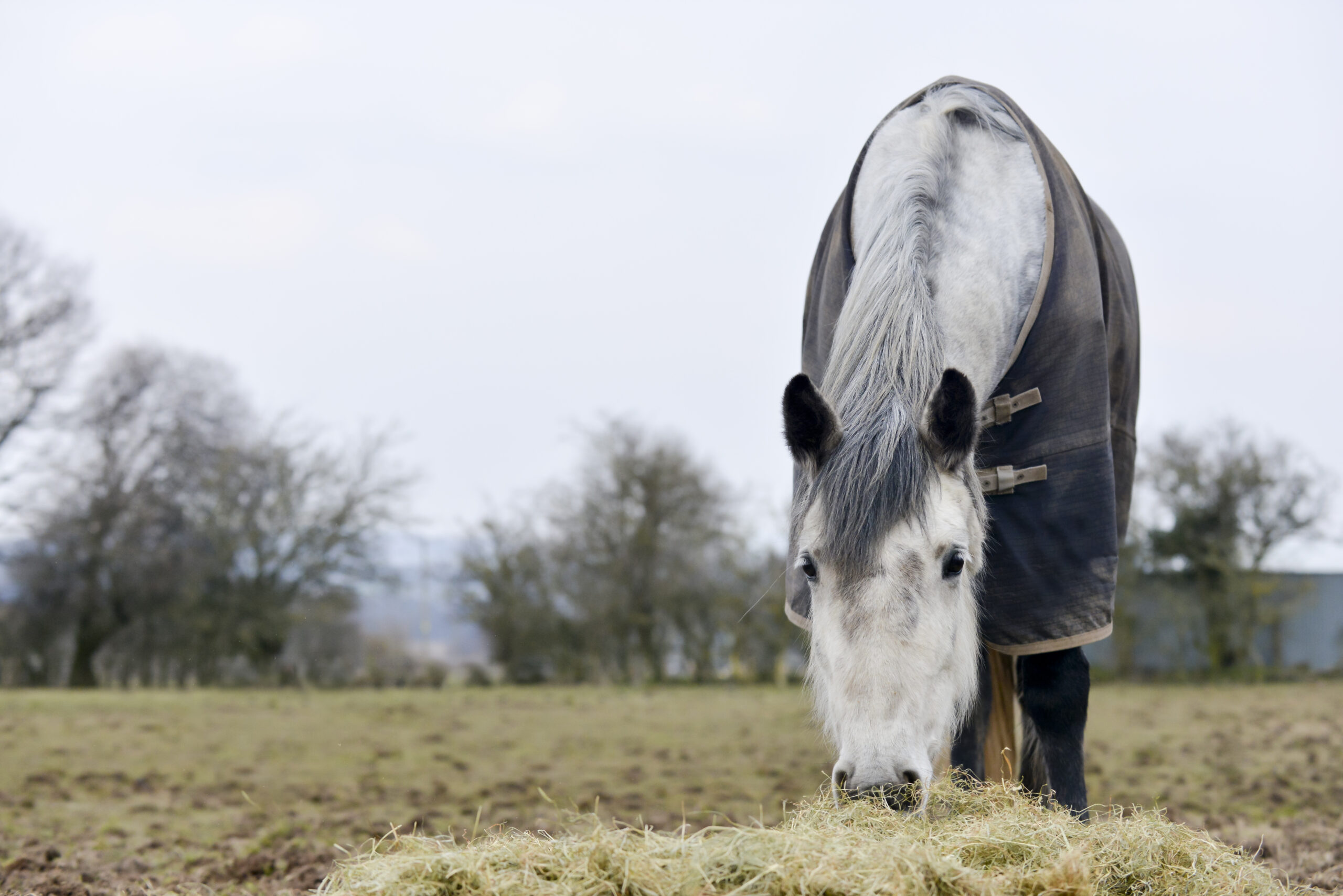
Consider your horse’s needs before selecting a rug
7. Avoid over-rugging – don’t fall into the trap of rugging your horse because you feel cold, instead decide which rug to put on your horse according to their needs, considering age, clip, condition and shelter provision.
8. Review your horse’s diet. If it’s been a while since you had a good think about what you’re feeding your horse, sense check whether he’s still getting everything he needs and that it’s all necessary. If you’re struggling to access hay this winter, consider using a forage replacer.
9. Adjust exercise plans to suit footing. “Ground conditions can quickly become slippery, frozen, or waterlogged,” explains Emmeline, who recommends opting for safer or indoor surfaces when needed to reduce risks of riding and exercising horses in winter.
- For more expert horse care advice, subscribe to the Horse & Hound website
You may also be interested in:
Here are a few time saving horse care tips to make life at the yard run that little bit more
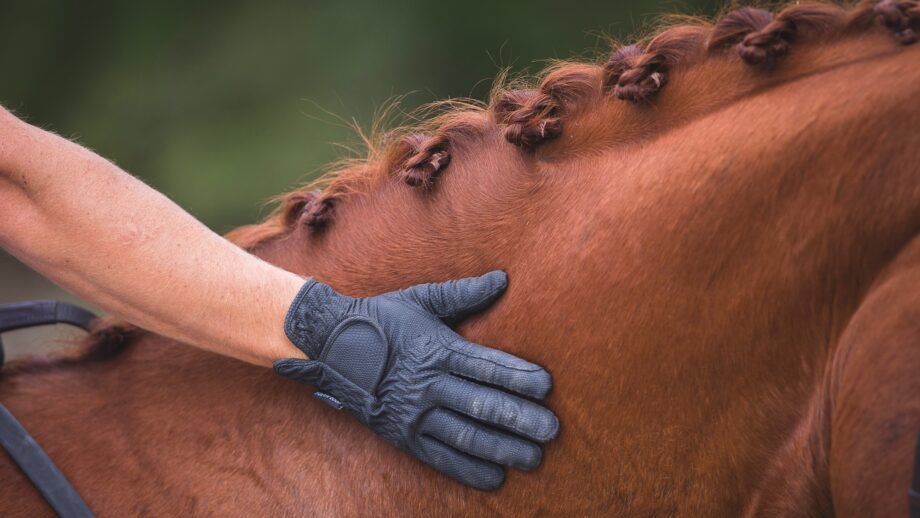
‘But my horse is well cared for’: equestrians conflicted over equine welfare versus long-standing habits
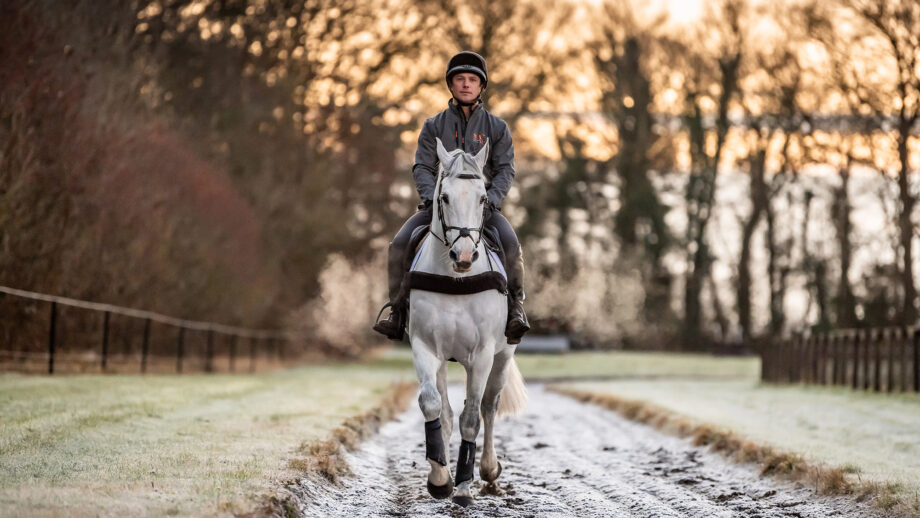
8 tips to help ease the transition to winter with horses

16 time-saving horse care tips to speed things up around the yard this winter
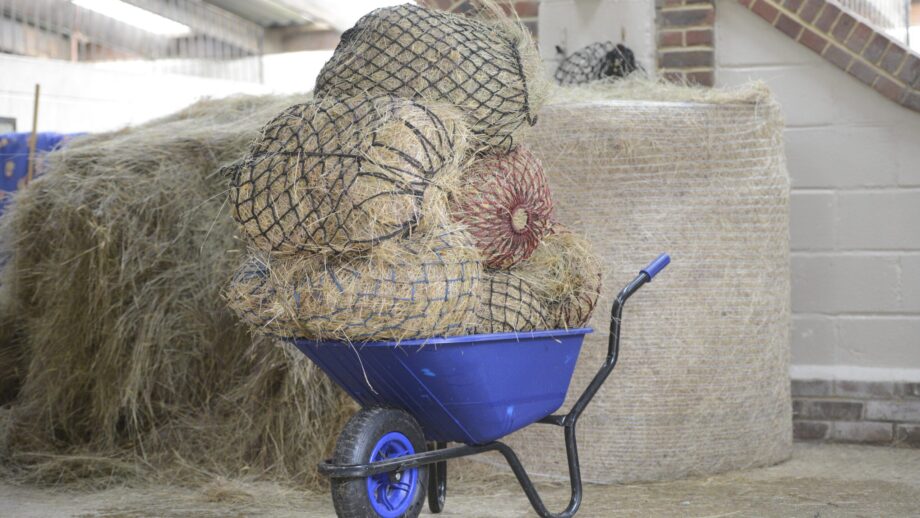
8 ways to reduce your hay bill this winter

Subscribe to Horse & Hound magazine today – and enjoy unlimited website access all year round

